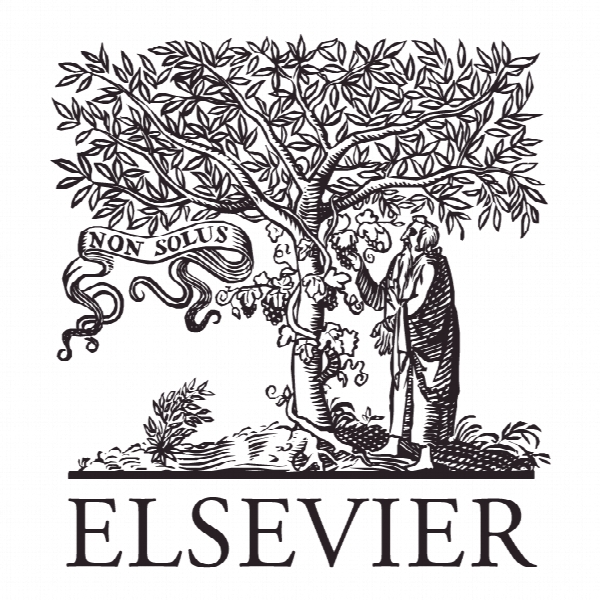انتقال تکنولوژی دانشگاه بین المللی: چارچوب مدیریت استراتژیک International university-university technology transfer: Strategic management framework
- نوع فایل : کتاب
- زبان : انگلیسی
- ناشر : Elsevier
- چاپ و سال / کشور: 2018
توضیحات
رشته های مرتبط مدیریت
گرایش های مرتبط مدیریت استراتژیک
مجله پیش بینی تکنولوژیکی و تغییر اجتماعی – Technological Forecasting & Social Change
دانشگاه Vrije Universiteit Brussel – Pleinlaan – Brussels – Belgium
منتشر شده در نشریه الزویر
کلمات کلیدی انگلیسی University, International technology transfer, Strategic alliance, China
گرایش های مرتبط مدیریت استراتژیک
مجله پیش بینی تکنولوژیکی و تغییر اجتماعی – Technological Forecasting & Social Change
دانشگاه Vrije Universiteit Brussel – Pleinlaan – Brussels – Belgium
منتشر شده در نشریه الزویر
کلمات کلیدی انگلیسی University, International technology transfer, Strategic alliance, China
Description
1. Introduction In addition to education and research, universities increasingly engage in technology transfer to contribute to the socio-economic development of their regions and countries (Guan et al., 2006; Perkmann et al., 2013). Technology transfer reflects transactions or long-term collaborations between acquirers and suppliers of technology (De Prato and Nepelski, 2014). In an academic setting, technology transfer occurs between firms, as acquirers, and universities, as suppliers of technologies. These collaborations are typically referred to as university-industry collaborations on technology transfer, and they play a vital role in fostering innovation (Etzkowitz, 2004; Hemais et al., 2005). By definition, innovation refers to the successful exploitation of new ideas. These ideas concern creating new or changing existing products, processes, organizational forms, and business models (Achi et al., 2016; Bessant and Tidd, 2015). We focus on the ensemble of parties who foster innovation and the interactions that appear as a consequence of these parties’ common goal: the innovation system (Etzkowitz and Leydesdorff, 2000). Innovation systems are present on a local, regional, and national level but are increasingly internationally oriented (Heitor, 2015). Governmental and organizational initiatives in both developed and emerging economies are devoted to the enhancement of the capabilities and efficiencies of these innovation systems (Fischer et al., 2017). Within innovation systems, in addition to the traditional universityindustry collaborations, international university-university collaborations on technology transfer (IUUTT) constitute an emerging form of technology transfer collaborations. In a flexible, global, and innovative business environment, going alone in technology development and its applications is too difficult to maintain (Inkpen, 1998a; Kim and Inkpen, 2005; Li, 2013). Therefore, to foster innovation, universities may access or acquire skills, technologies, and knowledge of their international partner universities, learn from their partners, create value in locations outside their home market, and enjoy diverse foreign economic policies (Hitt and Ireland, 2011; Kim and Inkpen, 2005). Whereas a significant effort has been made to study university-industry collaborations on technology transfer, no such effort is made in an international university-university context. Given the emergence of IUUTT and to allow policy makers and practitioners to engage in IUUTT, we build a strategic management framework on international university-university collaborations on technology transfer, and we propose entry points and pathways of these collaborations. With regard to the framework, we first equate three IUUTT types to their strategic alliance equivalent and subsequently theorize the relationship between four key strategic management concepts and the different IUUTT types. Strategic alliances are fundamental instruments to transfer technologies across organizational boundaries and across countries (Inkpen, 1998a). We draw upon the knowledge-based view, as we consider these technologies, including the tacit and implicit knowledge related to these technologies, as the main resource of an organization to establish a competitive advantage (Grant and Baden-Fuller, 2004). We apply the accumulated knowledge on strategic alliances to a university-university setting to build our conceptual framework. With regard to the entry modes and pathways to IUUTT, we compare and contrast the Western, i.e., European and U.S., perspective with the Chinese perspective. Although a Western perspective on technology transfer is well documented, we lack insights into the Chinese perspective.


